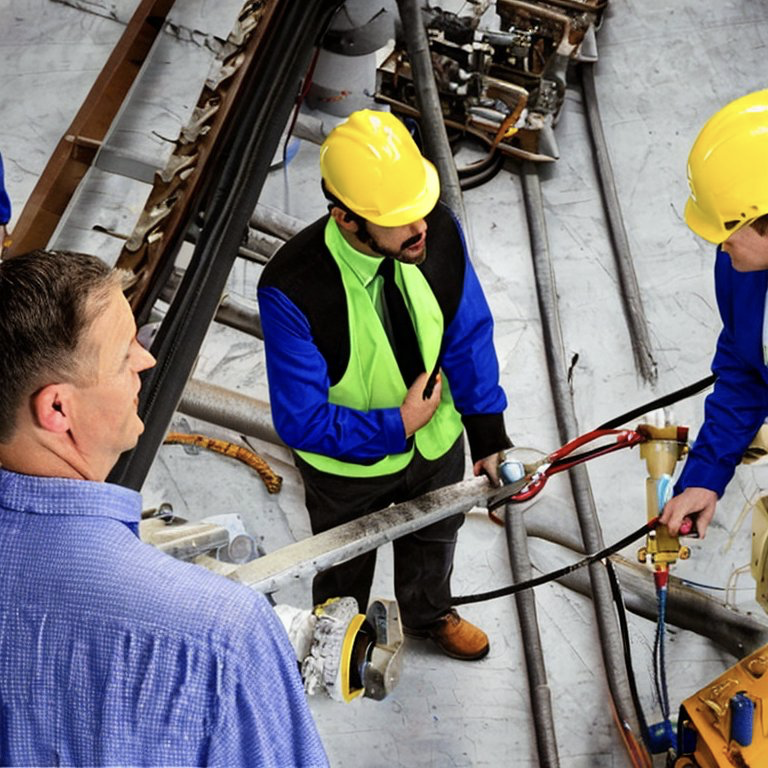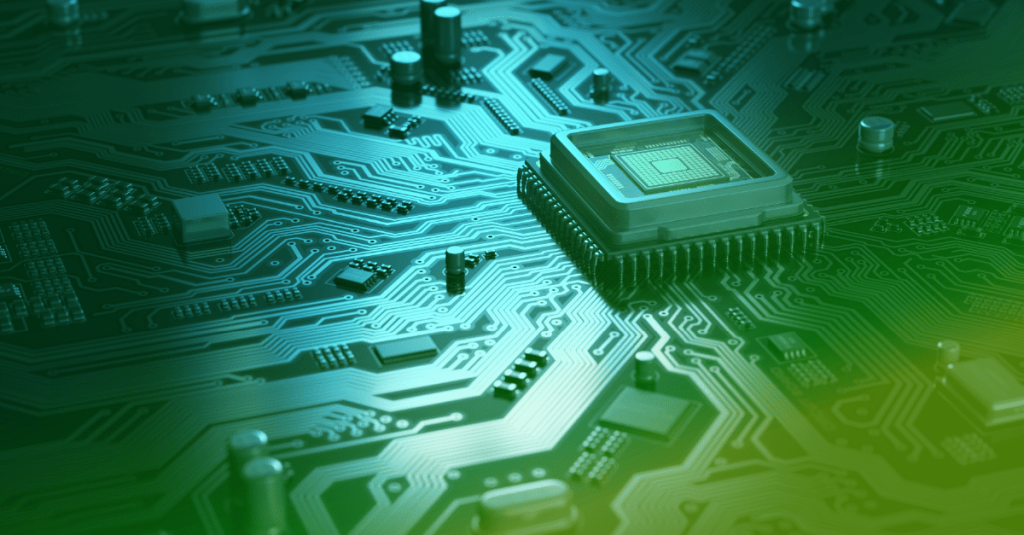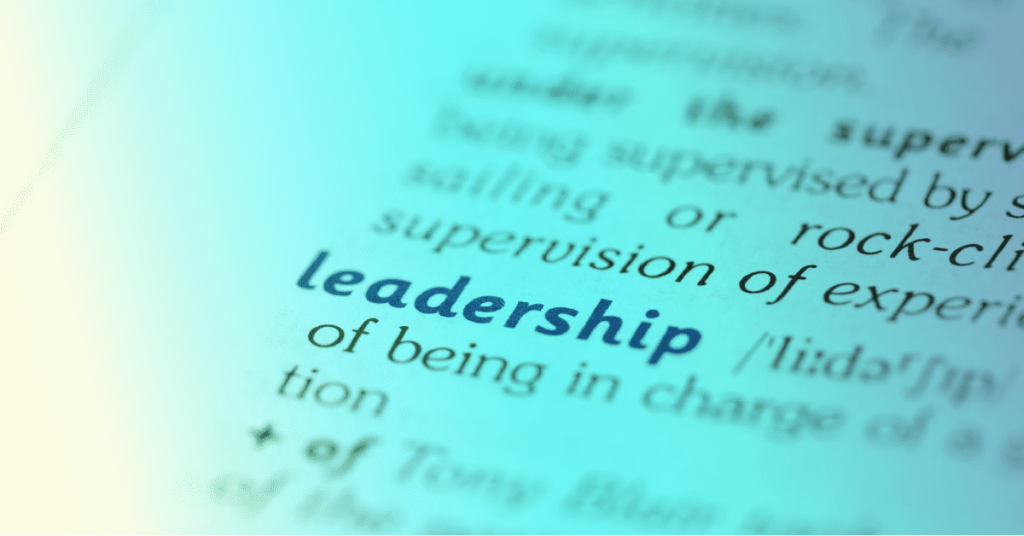|
Listen to the article
Getting your Trinity Audio player ready...
|
- Plan and Prioritize
- Communicate and Delegate
- Focus on Prevention, Not Just Repairs
- Foster Teamwork and Collaboration
- Stay Updated and Continuously Improve
- Be Organized and Disciplined
- Make Data-Driven Decisions, Not Assumptions
Now, let’s dive deeper into each of these habits and how the computerized maintenance management system (CMMS) CMMShere can help implement them effectively.
1. Plan and Prioritize
An effective maintenance leader must be able to plan and prioritize maintenance tasks to ensure that they are performed at the right time and with the necessary frequency. Using a CMMS can help implement this habit effectively by allowing you to plan maintenance tasks and assign them to technicians clearly and precisely.
| Description | Why is it important? |
|---|---|
| Establish clear goals and objectives | Allows the maintenance team to focus on the results to be achieved and work accordingly. |
| Identify the most critical equipment and systems | Helps ensure that the most critical equipment and systems receive the attention and resources needed to ensure their smooth operation. |
| Prioritize maintenance activities | Helps ensure that maintenance activities are completed in the proper order, which can improve efficiency and reduce the risk of failure. |
| Allocate adequate resources | Supports ensuring that the maintenance team has adequate resources, such as tools and equipment, to effectively perform maintenance activities. |
| Establish realistic deadlines and schedules | Allows to ensure that maintenance activities are completed on time and that equipment is available for use when needed. |
2. Communicate and delegate.
Communication and delegation are essential skills for any effective maintenance leader. It is important to ensure that maintenance technicians clearly understand their responsibilities and communicate effectively to maintain workflow.
A CMMS can help implement this habit by allowing you to communicate with your maintenance technicians more efficiently. You can send automatic notifications and to-do reminders, which can help keep your team focused on the tasks that need to be addressed.
In addition, CMMShere can help you delegate tasks effectively, as you can assign specific tasks to maintenance technicians and track their progress in real time.
| Description | Why is it important? |
|---|---|
| Establish clear communication channels | It helps to ensure that information is shared effectively and efficiently, and that all members of the maintenance team are informed and up-to-date. |
| Communicate expectations and responsibilities clearly | Helps to avoid misunderstandings and confusion, and to ensure that all members of the maintenance team understand their roles and responsibilities. |
| Fostering collaboration and teamwork | It can improve the efficiency and effectiveness of the maintenance team, enabling them to address challenges more effectively. |
| Delegating responsibilities and authority | It can free up time and resources for the maintenance leader, allowing them to focus on more strategic, high-level tasks. |
| Conduct regular meetings and status updates | Helps keep all members of the maintenance team informed and up to date on progress and challenges in maintenance work. |
3. Focus on Prevention, Not Just Repairs
An effective maintenance leader must have the ability to identify potential failures or issues before they occur, rather than waiting for things to break to fix them. To achieve this, the maintenance leader should focus on the early identification of potential failures and the implementation of preventive measures to prevent these issues from becoming more significant problems.
CMMShere can help implement this habit by allowing you to monitor the condition of equipment and track its performance in real time through the CMMSedge interface.

CMMSedge can send alerts when anomalies in equipment performance are detected, helping you to identify and address issues before they escalate, thus executing a condition-based predictive maintenance strategy.
In addition, a CMMS can help you establish an effective preventive maintenance program by allowing you to schedule and perform tasks at strategic times in order to ensure the best service to the end customer. Preventive maintenance can help you extend the life of your equipment and reduce unplanned downtime.
4. Foster teamwork and collaboration.
An effective maintenance leader must foster teamwork and collaboration among the members of his or her maintenance team. This means making sure that everyone on your team is on the same page and working together to achieve the maintenance department’s goals.
In this table you can find some recommendations to encourage teamwork and collaboration:
| Recommendations | Description |
|---|---|
| Encourage feedback | Encourage feedback and open communication among team members, which can help identify opportunities for improvement and resolve any problems or conflicts that may arise. |
| Establish common objectives | Establish common goals for the maintenance team, which can help unify team members and motivate them to work together toward a common goal. |
| Celebrating successes together | Recognize and celebrate the successes of the maintenance team together, which can help foster a sense of community and motivation. |
| Provide training and development opportunities | Provide training and development opportunities for the maintenance team, which can help improve the team’s skills and knowledge, and foster teamwork through joint learning. |
| Promote cross-organizational collaboration | Encourage cross-organizational collaboration between the maintenance team and other departments, which can help solve more complex problems and encourage the sharing of knowledge and experience. |
A CMMS can help implement this habit by allowing you to share relevant information and data with all members of your team. CMMShere can provide access to a centralized database of equipment information, maintenance history, work reports, and other important data. This can help ensure that all team members have the same information and work together more effectively.
Additionally, the asset maintenance management platform can facilitate collaboration between departments by providing an overview of maintenance and equipment data across the entire organization. This helps ensure that all departments are aligned and working together to guarantee the overall efficiency and effectiveness of the organization.
5. Communicate and delegate.

An effective maintenance leader should stay updated and constantly look for ways to improve the maintenance department. This means keeping up with the latest trends and technologies in the maintenance field and seeking opportunities to enhance existing processes.
A CMMS can help implement this habit by providing you with access to real-time analytics and data. CMMShere can help you identify trends in equipment performance and maintenance effectiveness. This can help you pinpoint areas for improvement and opportunities to implement new technologies and processes to enhance the efficiency and effectiveness of the maintenance department.
6. Be Organized and Disciplined
An effective maintenance leader should be organized and disciplined in their approach to maintenance work. This means establishing a systematic way of working and ensuring that all tasks are well-documented and stored in a centralized location.
In the table below, we describe which habits are important for being organized in maintenance management:
| Habit | Description |
|---|---|
| Set SMART objectives | Set SMART (specific, measurable, achievable, relevant and timely) objectives for the maintenance team and each team member, which helps to focus efforts and resources effectively and measure progress. |
| Keeping an organized agenda | Have an organized agenda for daily tasks, meetings and deadlines, which helps to maximize efficiency and ensure that important tasks are not overlooked. |
| Prioritize important tasks | Prioritize important and urgent tasks, and delegate or postpone less important or non-urgent tasks, which helps to avoid work overload and maximize efficiency. |
| Establish a tracking and reporting system | Establish a tracking and reporting system for tasks and projects, which helps to stay on top of progress and identify bottlenecks and problems. |
| Maintain the cleanliness and organization of the work area. | Maintain cleanliness and organization of the work area and equipment, which not only helps prevent accidents and injuries, but also improves efficiency and team morale. |
A CMMS can help implement this habit by allowing you to organize and store all relevant data and documents in one place. CMMShere can provide access to a centralized database of equipment information, maintenance history, work reports and other important data. This can help ensure that all maintenance tasks are documented and organized in one place.
7. Make Data-Driven Decisions, Not Assumptions
An effective maintenance leader must make decisions based on data, not assumptions. This means using data collected through monitoring and preventive maintenance to make informed decisions about equipment management.
A CMMS can help implement this habit by providing real-time analytics and data on equipment performance and maintenance effectiveness. CMMShere can assist you in identifying trends and patterns in the data, which can help you make informed decisions about equipment management and the implementation of new technologies and processes.

Additionally, CMMShere can help you create detailed reports on equipment performance and maintenance. These reports can be used to justify the need for new investments in equipment and demonstrate the value of the maintenance department throughout the organization.
In summary, the seven habits of an effective maintenance leader are: setting clear objectives, planning ahead, focusing on preventive maintenance, fostering teamwork and collaboration, staying updated and continuously improving, being organized and disciplined, and making data-driven decisions rather than assumptions.
A CMMS can help implement these habits by providing access to real-time analytics and data, facilitating interdepartmental collaboration, and ensuring that all maintenance tasks are well-documented and organized in one place.
In addition to the seven habits mentioned, there are several additional qualities that an effective maintenance leader should have to ensure success in their role.
Firstly, a maintenance leader should be a good communicator. This means having strong communication skills with both the maintenance team and other departments in the organization. Effective communication is essential to ensure that all parties are on the same page and working together towards common goals.
Secondly, a maintenance leader should be a good mentor and coach. This means having the ability to train and develop skills in the maintenance team members, enabling them to grow and succeed in their roles.
Thirdly, a maintenance leader should be a good problem solver. This means having the ability to quickly identify issues, find solutions, and implement effective action plans. Problem-solving is crucial to ensuring that the maintenance team can keep equipment running smoothly without interruptions.
Lastly, a maintenance leader should be a good project manager. This means having solid project management skills, enabling them to plan, coordinate, and execute complex maintenance projects effectively and efficiently.
A CMMS can also assist in these additional areas by providing communication and collaboration tools, as well as project tracking and management capabilities.
An effective maintenance leader is crucial for the success of the maintenance department. The seven habits mentioned earlier, along with additional skills in communication, mentoring, problem-solving, and project management, are essential for achieving excellence in maintenance. Implementing a CMMS can help develop and enhance these habits and skills, leading to greater efficiency and effectiveness in maintenance and across the organization
If you are interested in implementing a CMMS in your maintenance department, there are several important considerations to keep in mind.
Firstly, you should select a CMMS that fits the specific needs and objectives of your maintenance department. This may include specific functionalities for asset tracking, inventory management, task management, and maintenance scheduling. You should carefully evaluate your needs and choose a CMMS that offers the features you need to improve the efficiency of your maintenance department.
Secondly, ensure that your team is trained and prepared to use the CMMS effectively. This may include providing training and support resources to ensure that users understand how to use the CMMS and can take full advantage of its features.
Thirdly, make sure the CMMS is integrated with other systems and tools used within the organization. This may include inventory management systems and monitoring and diagnostic tools. System integration ensures effective communication and collaboration between departments and greater efficiency in maintenance management.
If you want to learn more about CMMShere, contact us here: https://cmmshere.com/en/contact-us/, or leave your information in our website’s chatbot so a representative from our company can get in touch with you as soon as possible.





No comment yet, add your voice below!